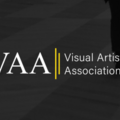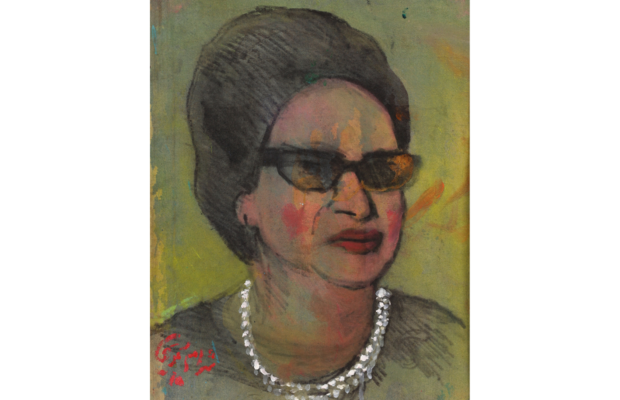Emerging Artists Guide to Exhibitions & Art Sales with Museums and Public Art Galleries
Museums offer a great opportunity for artists to display their work to a large and diverse audience. For emerging artists, it can be challenging to break into the museum scene, but it is not impossible.
In this guide, we’ll discuss how emerging artists can exhibit their work at museums and what opportunities are available. If you are curious about how museums buy early career artists' work, and what’s involved in a sale, we will share the type of artwork that interests a museum and how an artist should approach a museum.

How can artists exhibit their art at museums?
The first step for emerging artists looking to exhibit their work at museums is research. Research the museums in your area and around the world that exhibit the type of art you create. Check out their current and past exhibitions to get a sense of what they are looking for. Once you have an idea of the museums that are interested in your work, you can look for opportunities to exhibit there.
Many museums offer open calls for artists to submit their work for consideration for upcoming exhibitions. These open calls are often posted on the museum’s website, social media, or artist newsletters. Some museums may require a submission fee, so be prepared for that.
Another option is to approach the museum's curators directly. This can be a challenging approach, but it can be effective. Research who the curators are for the type of art you create. You can often find this information on the museum's website. Reach out to them through email or social media. When you reach out, keep your communication brief but be sure to include your portfolio.
Many museums also have rental galleries where artists can rent space to display their work. Rental galleries typically do not have as many stipulations on what type of work is exhibited and may be more accessible for emerging artists.
What opportunities are there for artists?
Museums provide numerous opportunities for emerging artists, aside from exhibiting their work.
Many museums offer residencies for artists to work on their craft while being exposed to other artists and curators. Residencies enable artists to create new work, collaborate with other artists, and network with other professionals in the field.
Artist talks and lectures are additional opportunities available at many museums. Emerging artists can give lectures and talks on their work and creative process, providing insight into their art and building relationships with potential collectors, curators, and other artists.

Annual Open Art Exhibitions & Fairs are a great way to be featured in a local museum. Artists are normally selected by a panel of judges, including the museum’s curators. There can sometimes be a small administrative fee to apply.
Programmed Exhibitions – museums will often cover topical subjects from a curational perspective, whereby they invite contemporary local artists to participate in shows. They use the ‘past, present and future concepts of communicating mediums.
Museums also offer workshops and classes for students and the public. Emerging artists can use these opportunities to teach and share their craft with others, build their resumes, and earn extra income.
Do museums buy early-career artists’ work?
Museums typically buy artwork from emerging artists through gallery representation or direct if the artists have exhibited at the museum.
Artists seeking to sell their work to established major museums should consider first seeking gallery representation. Galleries can provide exposure to collectors, curators, and other art professionals, potentially leading to a museum purchase. When an emerging artist works with a gallery, the gallery will take a commission on the sale.
Before approaching a gallery, create a portfolio that showcases your best work and a resume that highlights any exhibitions or awards you have received. Then research and approach galleries with a proposal that includes images of your works, an artist statement, and a CV.
What is involved in the sale of artwork to a museum?
The exact process of selling artwork to a museum varies depending on the institution. However, there are some general guidelines that emerging artists should be aware of.
Typically when a museum purchases a work of art, they will offer to pay the artist either outright, or in instalments, similar to a gallery. The artist should have a contract with the museum/gallery that specifies their commission for the sale of the work.
Before a work of art can be sold to a museum, the museum will need to review the work. The review process is intended to ensure that the piece is well-suited for the museum’s collection. If the museum approves the work, they will issue a purchase order and complete the sale.
What kind of artwork interests a museum?
Different museums collect different types of art. Emerging artists should seek out museums that collect the type of art they produce. Museums often have collecting policies that define their collecting interests and guidelines. Some museums may, for example, prioritize regional artists and cultural representatives. Others focus on emerging art forms or traditional art forms, so it is important for emerging artists to research which museums are interested in their work.
Museums usually have strict criteria for the quality, composition, scale, and condition requirements for the art they collect. As an emerging artist, it is essential to improve your craft and ensure that your work meets museum-level requirements.
How should an artist approach a museum?
Emerging artists should approach museums strategically. The best way to approach a museum is through a curator or a member of its acquisition, research, or programming staff. Curators are responsible for the museum's exhibitions and are likely to have a deep understanding of the museum's collecting goals and priorities.
Before contacting a curator, research their work, and their approach to art. Review any open calls or submit your portfolio through the museum's website. Give them a reason as to why your artwork aligns with the museum's vision and mission, and how your work would fit into their current or upcoming exhibitions.
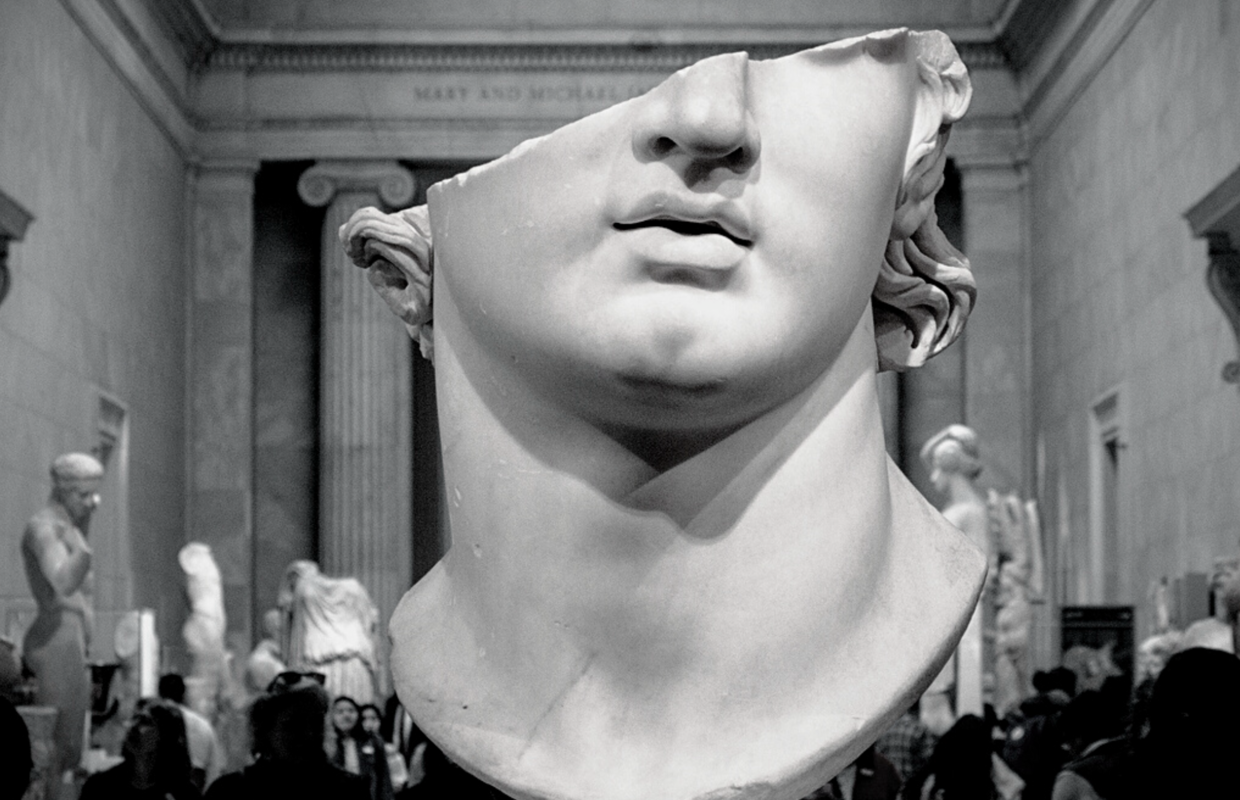
What is a typical Proposal Process & Pitch?
Before preparing and submitting a proposal, you need to know the pros and cons of the process. Understanding these items can help you determine if a museum show is a good option for you. The proposal process can be daunting but achievable. You will immerse yourself in researching the history and missions of museums, building connections in the community, and creating impassioned works. Everything you learn and do will help you master the process, and with each one you do, the process becomes easier.
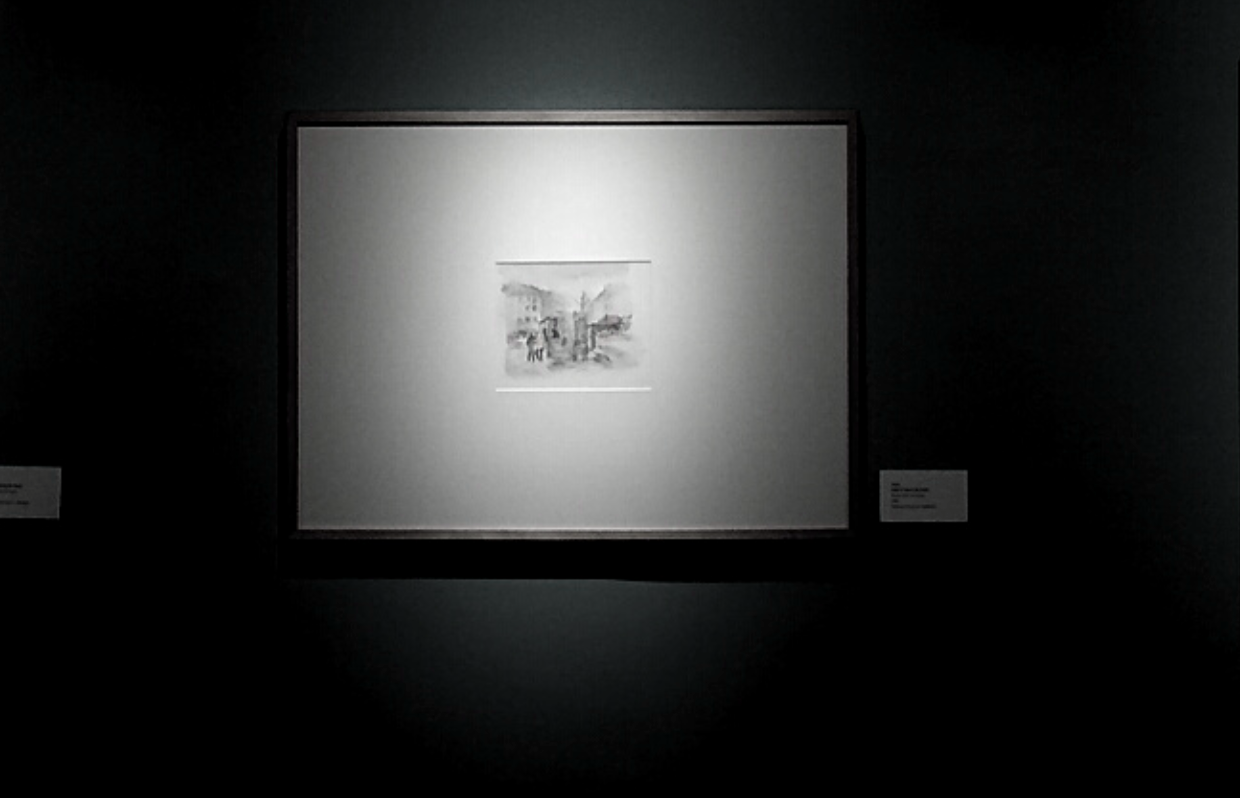
When you land a museum show, know that it’s a major commitment that can take away from your studio time and pursuit of other projects. There are many rewards, however. The recognition of you and your work typically increases after the event. Accordingly, the price and demand for your pieces should rise—especially if you proactively market the event online, on social media, and in the community.
Be aware of creative, commercial, and time concerns. Your creations will compete against countless works, unsolicited like yours and those from gallery representatives and dealers. To help your chances, you may be tempted to produce work in the museum’s core areas of interest—even if they go against your artistic vision. This can stifle your creativity, and may even turn off your followers.
The proposal process is demanding and exacting. Along with your art, the proposal is your calling card for a museum. Always follow submission instructions exactly, and know the deadlines and materials required. Direct your questions to the museum’s website or contact the Curatorial department.
No matter your status—emerging or established artist—you will typically include the following items in your package. Ensure they’re detailed, error-free, and easy-to-read.
- High-quality digital photos of your work
- CV (art-related achievements only)
- Short biography
- Image list
- Statement
You must also customise the items above with each submission. The documentation should be as distinct as your work and answer the questions below.
- Your art education and professional background
- What is the meaning, theme, or purpose of your submission?
- How did you make them?
- Why do you want to exhibit them?
- When will they be available for exhibit?
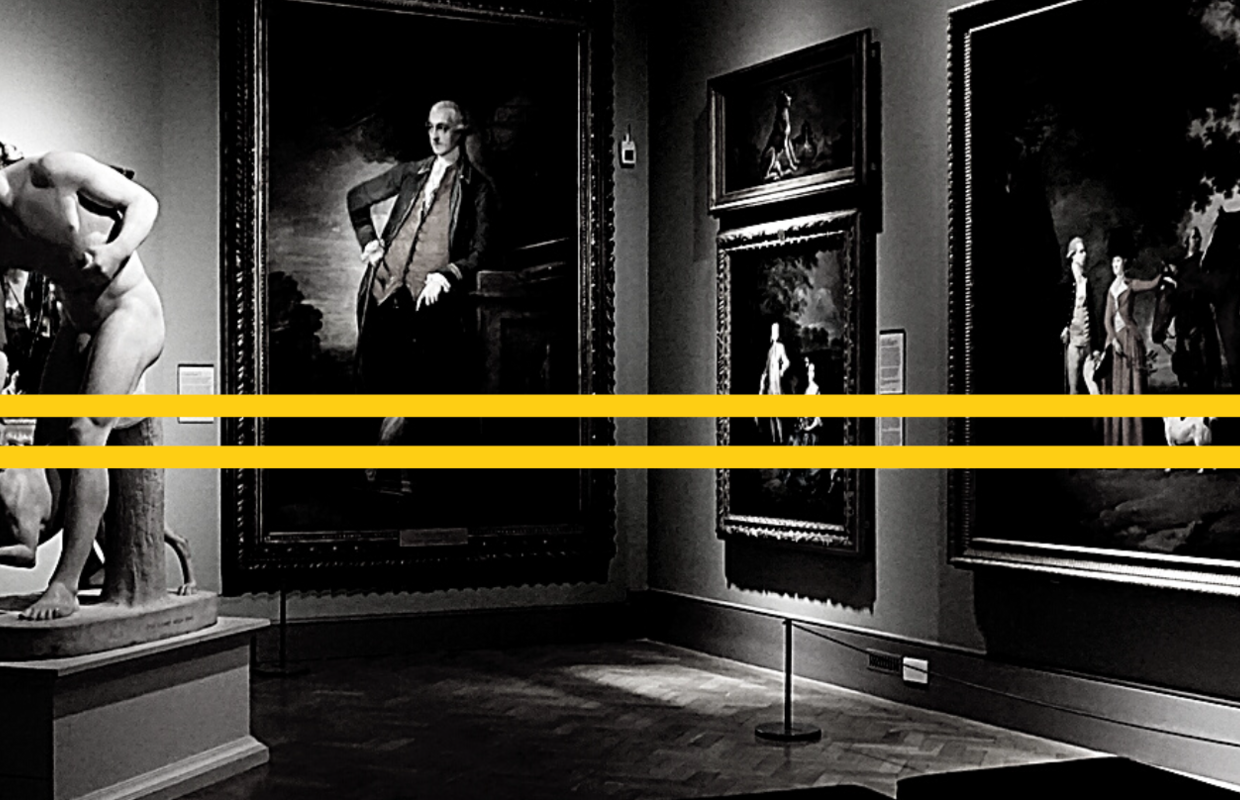
VAA Pro Artist Tip
VAA Artist Steve Randall advises you to remain authentic in your work and that the right opportunity will arise. Museums will accept applications from self-taught artists, and early career artists if the subject matter aligns with their programming.
Steven managed to secure two public gallery shows despite only being an early career artist and starting his artistic journey later in life. His work was shown in Kirkby Museum, which was then picked up by the national museums, and was shown in the Walker Art Gallery, and will be going on tour.
In conclusion, for emerging artists, exhibiting at museums can provide a valuable opportunity for exposure, residency, and sales. With research, preparation, and persistence, emerging artists can build relationships with gallery owners, curators, and other art professionals. Understanding how to approach museums strategically can help emerging artists remain competitive and enter into the culture of museum exhibitions.
Pro Artist Check-List for Working with Museums
- Research and choose the right museum for your artwork: Do some research and find the best museum that matches your art style, theme, and audience.
- Introduce yourself: Get in touch with museum staff before you make a submission. This will help you understand what the museum expects from your artwork.
- Create a strong portfolio: Put together a portfolio that showcases your best work. Choose a mix of pieces that highlight your skills and style.
- Understand the museum's submission guidelines: Every museum has different submission guidelines and requirements. Review the guidelines carefully before submitting, or better yet, ask the curator for more information.
- Be professional: Engage with the museum professionals in a professional manner. Always respond to communication in a timely manner, be polite, and show enthusiasm.
- Get involved: Engage with the museum staff, and attend events and exhibit openings. This is an excellent opportunity to meet new people network, and gather new insights.
- Promote the exhibit: Once you are selected for an exhibit, take advantage of the opportunity to promote the exhibit. Share the exhibit details and images on social media platforms like Instagram, Facebook, and Twitter.

Contact Us
Visual Artists Association
85 Great Portland Street
London
W1W 7LT
United Kingdom
Email: hello@visual-artists.org
Phone: 0203 904 2600
Use the hashtag #VAAWorkingArtist to get your work in front of buyers, collectors, and industry professionals.
Please direct any questions regarding the content of this guide to Max Kelly in our Content and Marketing Department marketing@visual-artists.org
Share the post:
